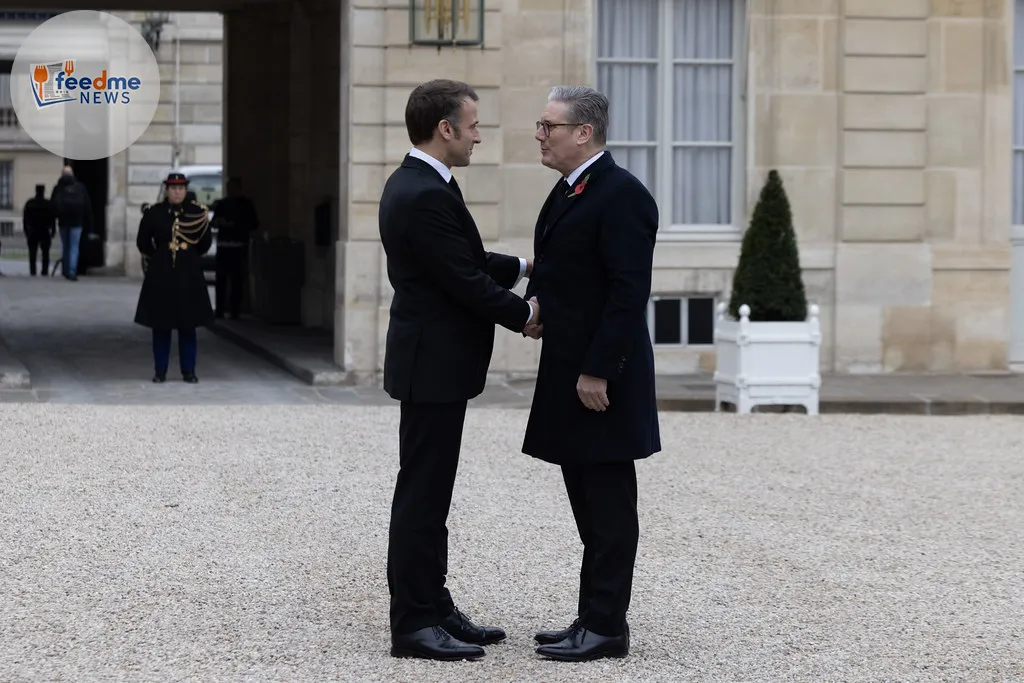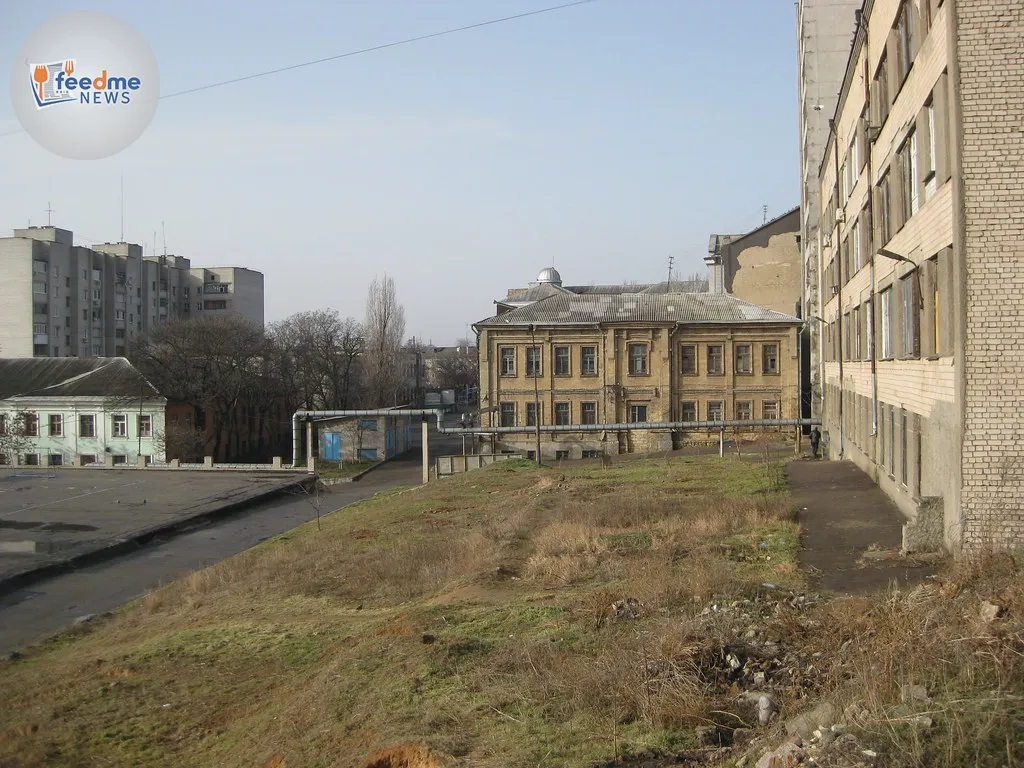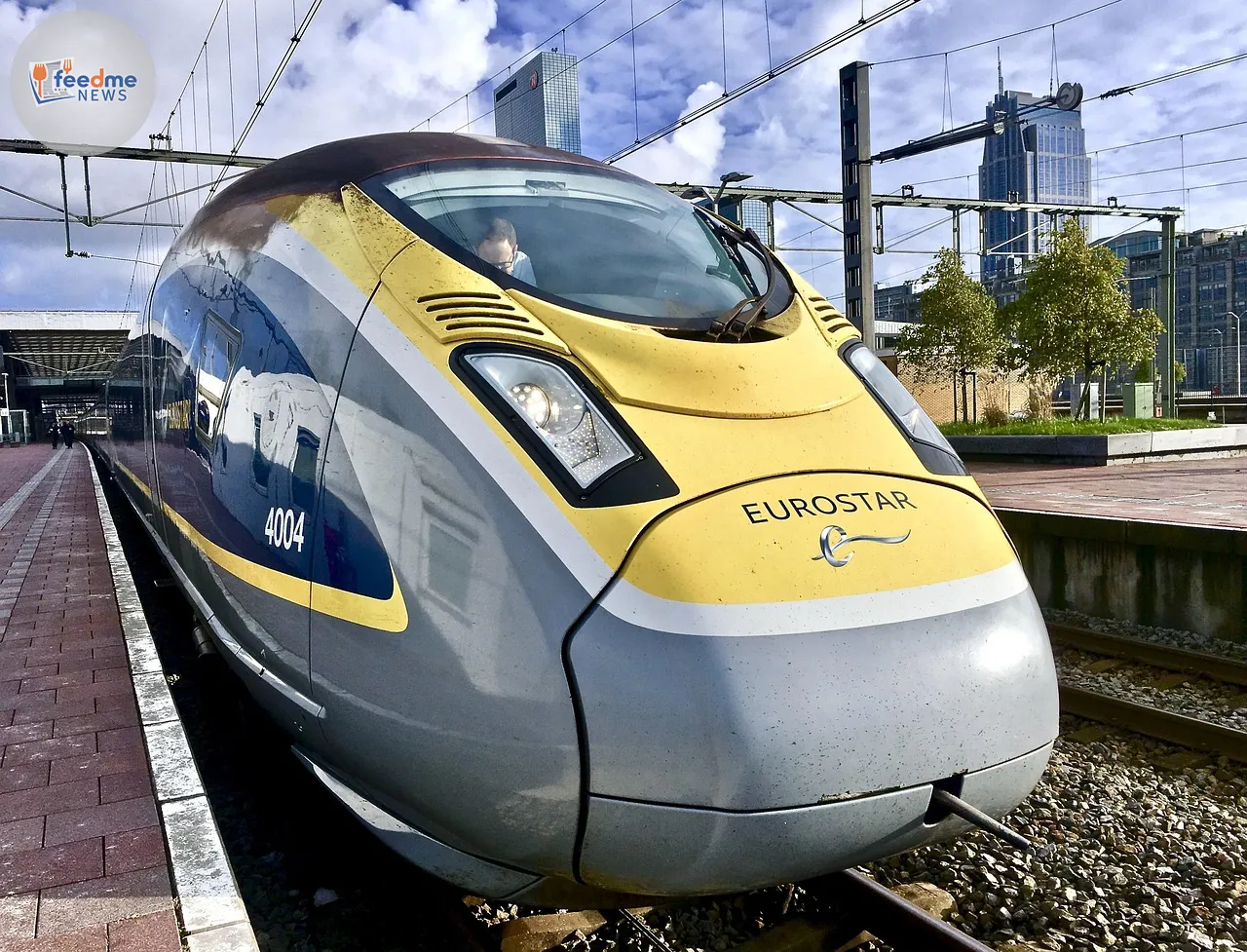President Emmanuel Macron’s struggle to govern after France’s 2024 snap elections offers a sharp lesson for Prime Minister Keir Starmer. Both leaders pitched to the centre and won big personal mandates at different moments. Starmer secured a commanding majority in Westminster in July 2024. Macron won re-election in 2022 and then sought to refresh his project. Yet France now sits in a hung parliament, with rival blocs blocking each other and public trust strained after years of tense reform battles. The French stand-off shows how a centrist project can lose lift if it fails to build strong roots, broad alliances, and a clear legacy.
Starmer starts with a strong hand in the Commons. He also faces a tight fiscal outlook and a restless electorate. Macron’s experience highlights the risk that comes when a leader dominates the centre but neglects party depth and local networks. The warning lands on both sides of the Channel as Europe navigates economic pressure, geopolitical shocks, and a contested political map.
Context and Timing
France held snap legislative elections in June and July 2024 after Macron dissolved the National Assembly. Voters delivered a hung chamber. No bloc reached the 289 seats needed for a majority. In the United Kingdom, voters went to the polls on 4 July 2024. Labour won a large majority, while the Conservatives suffered heavy losses. The changes came within days of each other, yet left the two countries on different paths: a strong single-party government in London and a fractured legislature in Paris.

France’s Hung Assembly Exposes the Limits of a Centrist Project
The 2024 legislative outcome trapped Macron between rival camps. The left-wing New Popular Front won the most seats. Macron’s centrist alliance finished second. Marine Le Pen’s National Rally expanded its presence but fell short of control. France’s constitution blocks another dissolution for a year. That rule locked in stalemate until at least June 2025.
Macron’s camp struggled to assemble a stable majority. It relied on tactical agreements and caretaker arrangements rather than a solid coalition. That model strains under the weight of budgets, reforms, and social pressures. Investors and public services need predictability. France instead faced a parliament that struggled to pass major laws cleanly. That gridlock did not arrive overnight. It grew from earlier fractures.
Reform Pushes Met Resistance and Eroded Trust
Macron set out to modernise France. He backed labour market changes, industrial policy, and pension reform. In 2023, his government raised the legal retirement age to 64. Ministers forced the measure through parliament using Article 49.3 of the constitution, which allows the executive to push a bill without a vote. The move met mass protests and strikes across France. Supporters argued that ageing demographics and public finance pressures required pension change. Critics said the process ignored consent and fuelled anger.
These clashes deepened a perception that the Elysée governed from above. Macron’s team framed reforms as necessary for growth and competitiveness. Many voters saw them as imbalanced. Earlier unrest, including the gilets jaunes movement, left scars. While unemployment fell and foreign investment stayed strong, the political cost rose. By 2024, centrist authority looked fragile without a firm parliamentary base.
Starmer’s Big Majority Rests on a Narrow Vote Share
Keir Starmer’s Labour won 412 seats in 2024, handing the party a dominant majority in the House of Commons. The scale of the seat haul masked a narrow share of the vote. Labour won around a third of ballots cast, in a fragmented field with low turnout. The opposition split between Conservatives, Reform UK, Liberal Democrats, Greens, and national parties. The electoral map amplified Labour’s advantage under first-past-the-post rules.
This dynamic carries a risk. A large seat majority can tempt a government to assume deep consent. The vote numbers tell a more cautious story. Starmer faces tight public finances, weak productivity, stretched public services, and high expectations. He must deliver visible gains on growth, the NHS, energy, and crime. If progress stalls, the coalition that delivered Labour its landslide could loosen fast.
Party Roots and Local Networks Decide Staying Power
Macron built his movement around his personal brand and a promise to transcend left and right. He won the presidency twice and disrupted old party structures. Yet his camp, rebranded as Renaissance in 2022, never developed strong local roots. It struggled in municipal and regional contests and relied on top-down mobilisation. The left and the far right built sturdier ground teams and voter loyalty in many areas.
Starmer leads a party with deeper institutional roots than Macron’s movement. Labour has strong MPs, councillors, and trade union links. Yet years out of power hollowed parts of the organisation. Local activism and candidate pipelines thinned in some seats. The government must rebuild those foundations while in office. A durable centre depends on more than Westminster numbers. It needs trust at street level, community results, and membership energy.
The Far Right and the Fragmented Left Shape the Centre’s Choices
In France, the far right’s rise changed the tactical landscape. The National Rally topped the first round in many constituencies in 2024. Broad anti-RN alliances then blocked some of its gains in the second round. That “republican front” worked tactically but did not heal deeper divides. On the left, parties joined in the New Popular Front yet still fought over programme and leadership.
In the UK, Reform UK drew millions of votes and dented the Conservative base. The Greens hit record levels in some urban areas and along the south coast. The Liberal Democrats swept many Conservative seats. These shifts show how quickly voters can move when they lose patience. The centre must compete on cost of living, migration management, security, and climate delivery. If it fails, challengers stand ready.
Cross-Channel Stakes: Security, Europe, and Economic Policy
Macron engaged London through Brexit turbulence and four Conservative prime ministers: Theresa May, Boris Johnson, Liz Truss, and Rishi Sunak. With Starmer in Downing Street, Paris sees a partner who values stability, NATO, and support for Ukraine. Both governments seek closer cooperation on defence, energy, and border management.
Yet France’s legislative deadlock limits Paris’s room to move on budgets and reforms. The UK must also manage tight fiscal rules while aiming to raise investment. Europe needs leadership that can act at home and abroad. If the centre falters, the EU’s internal agenda and the UK–EU relationship face delays. Delivery matters as much as alignment.
Wrap-Up
Macron’s predicament shows how fast centrist authority can fade when it leans on personality, top-down tactics, and thin local roots. The 2024 French elections left a hung parliament that curbs policy ambition. Reforms that lack consent carry a long cost. Starmer, fresh from a sweeping win, can read the signs. He holds a rare chance to renew public services, raise investment, and rebuild trust. He must couple legislative muscle with patient groundwork in communities. He needs honest choices on tax, spending, and growth. He must guard his flanks while tackling everyday problems. If he delivers clear results and strengthens Labour’s base, he can avoid France’s gridlock. If he relies on momentum alone, the centre can unravel as quickly in London as it did in Paris.





